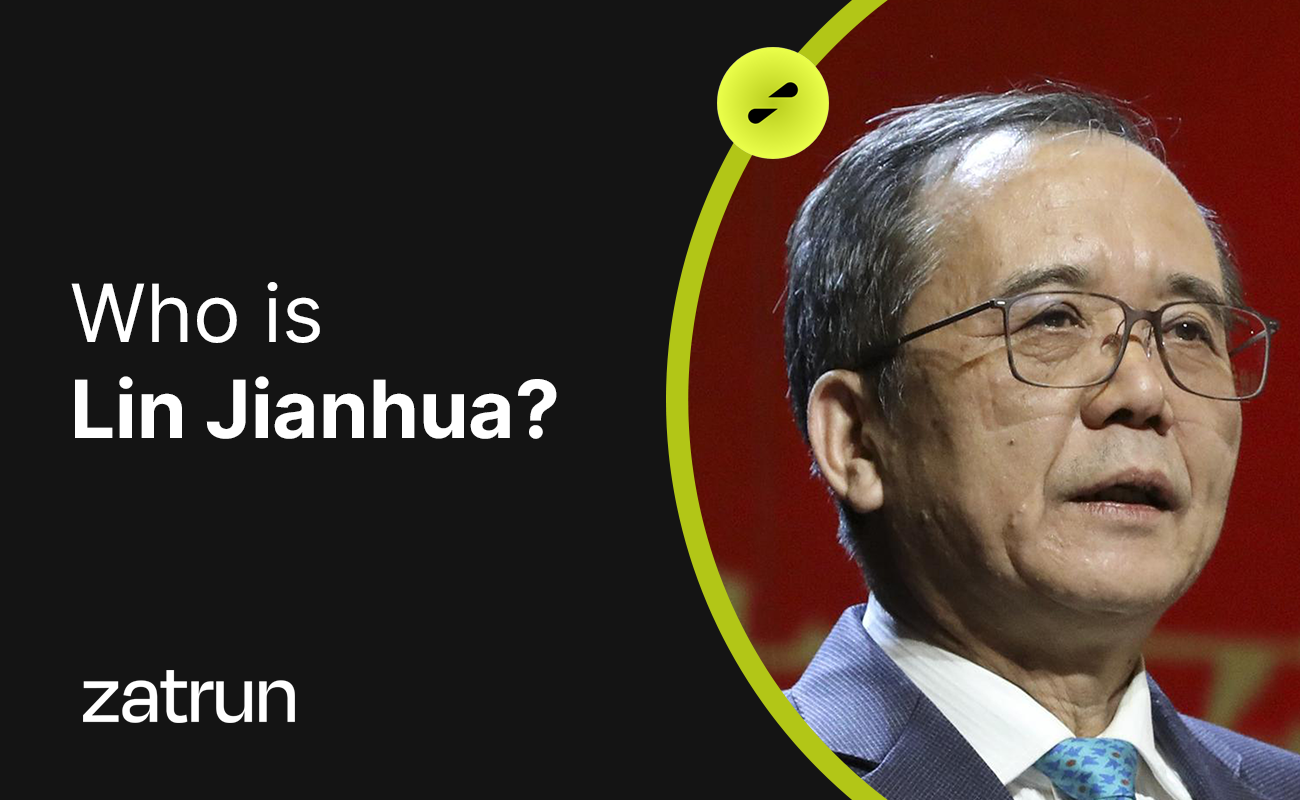China has been at the forefront of integrating its central bank digital currency (CBDC), the digital yuan, into its financial system. As we reported on Zatrun.com, several regions in the Jiangsu province have implemented new applications for the digital yuan, including cross-border trade and paying civil servants and public institution employees.
Digital Yuan Adoption Increases in Chinese Cities
Xuzhou, a city that serves as the departure point for many goods trains headed to Europe from China, has issued a plan promoting the use of the digital yuan in cross-border trade. The city has 18 regular cross-border rail connections to 21 nations in Europe and Asia. The goal of the Xuzhou municipal government is to use the digital currency to pay for services and storage charges for goods carried by the trains, supporting the Belt and Road Initiative. The plan also includes using the digital currency to pay for taxes and utility services in the city.

In Changshu, a city with a population of 1.5 million residents, the local government has announced that it plans to start paying civil servants and public institution employees using the digital yuan starting in May. Over the course of the last year, the acceptance and utilisation of the digital yuan have been gradually growing, thanks to the implementation of several initiatives aimed at encouraging its use.
Shenzhen, a southern metropolis, has seen more than 28 million digital yuan wallets established as of the end of 2022 and distributed more than 570 million yuan ($82.58 million) worth of the currency in consumer subsidies last year. At the end of 2022, the People’s Bank of China revealed that the total amount of the currency in circulation surpassed 13.61 billion yuan ($2 billion), which represents roughly 0.13% of the 10.5 trillion yuan in circulation.
A CBDC for Cross-Border Payments
The digital yuan has also been explored for cross-border payments with multiple countries, including Hong Kong, Thailand, the United Arab Emirates, India, and Russia. During the recent Lunar New Year celebration and Spring Festival in China, almost 200 digital yuan-related activities were hosted, and more than 180 million ($26.6 million) of the CBDC was passed out to citizens through subsidies, consumption coupons, and other programs.

As China continues to lead the way in integrating the digital fiat into its financial system, it will be interesting to see how its adoption continues to increase and how it can be utilised in cross-border transactions with other countries.












